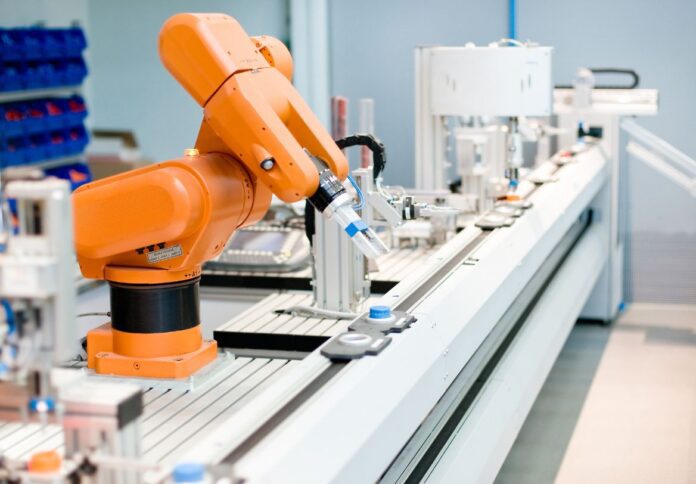
For decades, industry players and government institutions in Australia and around the world have drawn up various plans to tackle gender inequity within the science, technology, engineering, and mathematics industry.
However, over the past 25 years, the gap in gender representation is becoming more and more apparent, with the engineering industry falling behind.
In 2019, Science in Australia Gender Equality revealed that only 19 per cent of women had been studying or working in the fields of engineering and other related technologies— a stark contrast compared to natural and physical sciences, which had the highest proportion at 51 per cent, and to information technology, with 26 per cent.
Furthermore, only 7 per cent of CEOs and 21 per cent of senior managers in architectural, engineering, and technical services are women. This creates a collective feeling of disengagement among entry-level female engineers, thus continuing the cycle of underrepresentation.
Ahead of International Women in Engineering Day on 23 June, Hatch, a global multidisciplinary leader provider in the metals, energy, and infrastructure industries, is looking into the problem to address and rectify female underrepresentation in the industry.
Addressing the issue, one step at a time
Duncan Mallord, head of diversity and inclusion at Hatch, said firms should look at the silver lining of the situation in the industry and perceive it as an inspiration to improve the space for women.
“EngineeringUK announced in 2021 that 370,000 more UK women were working in engineering jobs than in 2010. But it takes hard work and buy-in from across the board; it’s not just a tick-box exercise,” Mallord said.
“It is the responsibility of male engineers and male hiring managers to create a working environment that appropriately supports and recognises the integral contributions that female engineers can offer. We need to start creating tomorrow’s role models today,” he added.
The Hatch executive also noted the importance of actively bringing more women into senior roles to address the gender pay gap in STEM careers.
Architectural, engineering, and technical service industries had the largest gender pay gap in 2021, with a difference of 24 per cent, followed by oil and gas extraction at 26 per cent and metal container manufacturing at 25 per cent.
“While bringing in female engineers at entry-level roles is necessary, it’s a fruitless process if they leave after a few years due to lack of career opportunities or unsupported lifestyle choices,” Duncan said. “Engineering companies need to provide female engineers with role models that can show a clear path for younger women to follow.”
“It’s everyone’s issue. If we want the best team, project, result, business, then it shouldn’t be left to a diversity and inclusion committee working on it in their free time. You don’t have to be female to acknowledge a female engineer’s contributions, or back a female’s promotion application. In fact, I think one thing most importance for D&I committees is to show that allies must educate themselves, speak up, and make a difference,” Duncan concluded.




















